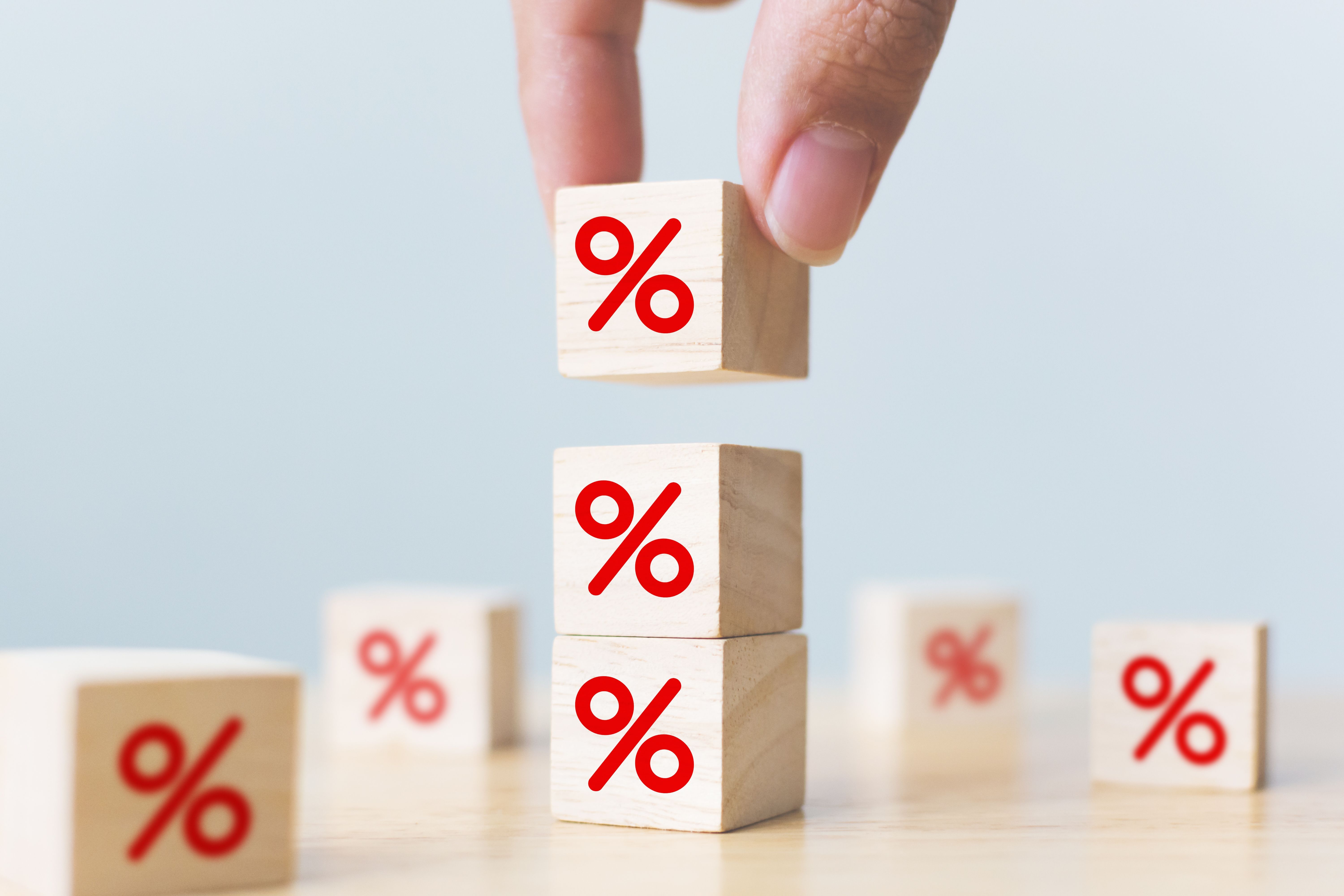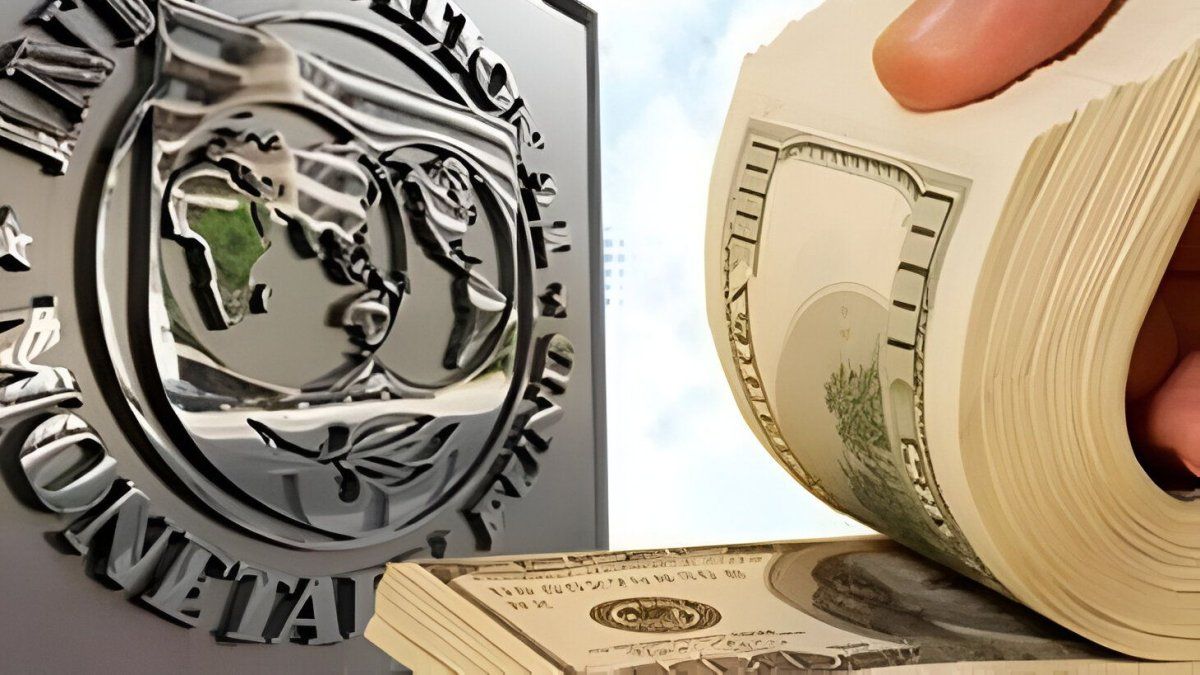And it is that, in a context in which the blue dollar is close to $950 Due to the dollarization of assets and financial markets are trading around $850, the market is looking at the Central Bank (BCRA) waiting to see whether or not there will be changes in monetary policy rates.
Let us remember that, in September, The BCRA resolved to leave the fixed-term yield unchanged at 118% nominal annually, which is equivalent to 9.7% monthly and 204% effective annually.after having adjusted it upwards on August 16, after the 22% devaluation applied.
Fixed term: inflation, key data
Every month, The dissemination of the CPI is what activates the discussion of rate policy, so, this Thursday, after the publication of the inflation data, it is expected that there will be news in this regard and, although it is never anticipated what he will do, this time the doubt is great due to the uncertain context. The lack of certainty is also transferred to that level.
On the one hand, a large part of the analysts maintain that it is very likely that it will not change them. And that sector of the market considers, as stated Eliana Scialabba, executive director of the Argentina XXI Center for Economic Studies (CEEAXXI), in dialogue with Ambit, “The BCRA no longer has room for maneuver”.
The analyst maintains that, since last month’s inflation data was known, which was 12.4%, the entity has not made any increase in the interest rate and explains that it did so because it believes that, in the current context , such a move would be obsolete.
Dollarization, is it reversible?
Happens that The dollarization of savings and portfolios that is seen at this time does not respond to dissatisfaction with the performance of ratesbut rather a search for coverage in the face of pre-electoral uncertainty.
“From an economic point of view, there is a level at which the rate stops being effective as an anchor in the competition with the dollar: Argentines have already chosen that asset and, even though the BCRA runs behind with an adjustment of the returns from the fixed term, you will not be able to retain the capital there,” says Scialabba in this sense.
Likewise, consider that There are no economic or political incentives to raise the ratesince Massa will not be able to capitalize on a monetary tightening before the elections because the fixed deadlines that could be set after that decision will expire in November, after going to the polls.
Factors to raise the fixed term rate
In a counterpoint to that view, the director of Epyca Consultores, Martin Kalos, Maintains that “The logic would be that the BCRA increases rates a little because inflation is accelerating., hand in hand with devaluation and expectations in that sense.” Consider, therefore, that to encourage fewer people to go towards the dollar would be a good step.
However, he points out that the Minister of Economy, Sergio Massa, is maintaining that inflation is slowing and justifies his position in the weekly inflation index that the Government has published since last month. In this context, he maintains that “we must see if the BCRA relies on this trend to justify that the current interest rate remains competitive and decides not to change it.”
However, on the other hand, he believes that, to a large extent, This discussion is political in terms of the signals they want to give. “If the rate is raised it is recognizing that inflation is at a higher level and, perhaps for that reason, they will not modify it.”” notes Kalos.
Exchange movements worry the BCRA
The truth is that, as the Equilibra economist suggests Lorenzo Sigaut Gravinathe BCRA has a difficult decision to make “given that financial prices are flying and uncertainty is extreme.”
So, Although he agrees with Kalos that “the manual says that the rate must be raised,” he points out that it is very complex to achieve the desired effect of strengthening the peso with this move in a context in which we are on the verge of an election. and the main candidate who says that one’s own weight is excrement.
And, on the other hand, then on the inflation side, he points out that it will be very similar to that of August, around 11.5% or 12%. Sigaut Gravina considers, in this sense, that “there is room to adjust the rate there” and, although he believes that it is necessary to consider whether raising the rate is enough or not, it does not seem prudent to keep it still and “modifying it would be a way of showing concern.” and some kind of reaction from the government.”
Fixed term: an indication from the BCRA?
The doubt about what the BCRA will finally do continues to hover over the market. For now, in the latest Monetary Policy Report for October of this year, which was published this Monday, The BCRA anticipated that “it will continue to calibrate its policies in a context of greater volatility in the financial markets associated with the electoral period.” and stated that, in matters of tinterest rates, will act within its structural objective of promoting positive real returns on investments in local currency and favoring the accumulation of reserves.
Could it be an indication of his next moves? If so, next Thursday, could we see an adjustment of around 200 or 300 percentage points in rates? It all depends on how the inflation data for September appears.
Source: Ambito
I am a 24-year-old writer and journalist who has been working in the news industry for the past two years. I write primarily about market news, so if you’re looking for insights into what’s going on in the stock market or economic indicators, you’ve come to the right place. I also dabble in writing articles on lifestyle trends and pop culture news.




